
views
Set the Scene

Gather a small audience. In order for the levitation illusion to work correctly, you'll need a small audience sitting in front of you. They should all be viewing you from roughly the same angle. If people are scattered about the room, ask them to move to the same area. Make sure they don't spread out in a semicircle, or stand behind you, since they'll be able to see how you performed the trick. If you have a small stage, position yourself upon it. You may also want to dim the lights a bit to give yourself more leeway when you perform the levitation.
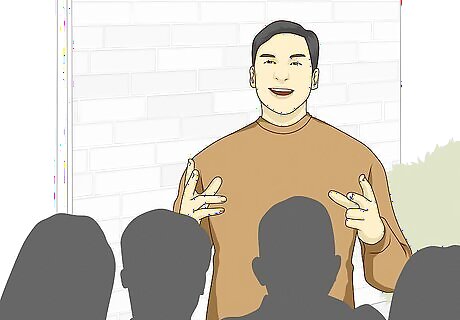
Reveal that a levitation will be performed. This will immediately get people's attention and set their expectations high. Audiences look forward to levitation as one of the most intriguing magic tricks. Notifying them that you're about to do it will have them on the edge of their seats, which is essential to successfully performing the trick. Consider building suspense throughout the magic show, so that the audience looks forward to the levitation the entire time. To make the event seem even more mysterious, have an assistant come out and announce that you will be levitating before you walk onto the stage or into the room.
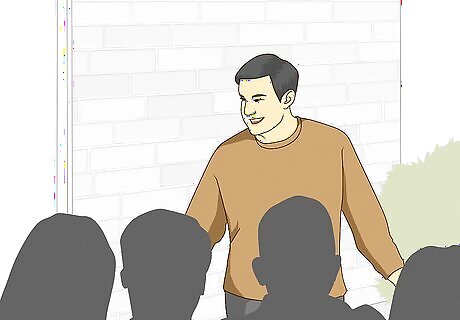
Make a show of choosing the right spot to levitate. This continues building up the audience's suspense. Search for a place that has "good vibes" or "feels like a portal to the other side." Use whatever language would be most convincing to your particular audience.
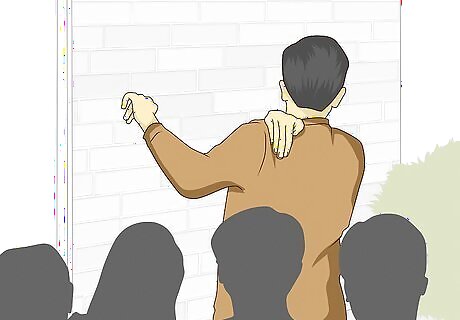
Shake out your legs and arms to get ready. You could also stretch, do a few jumping jacks, or do a yoga move or two. The point is to act as though levitation is going to be physically strenuous. Announce that you've been preparing for this moment for weeks.
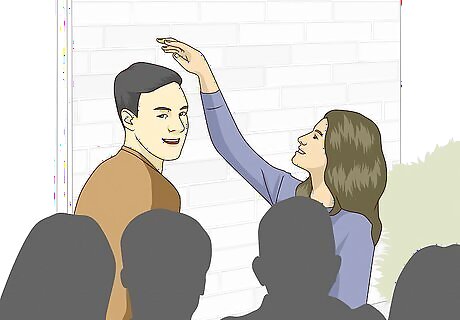
Announce that there are no wires or strings. Ask an audience member to come up and walk around you, wave his or her arms over your head, and declare to the others that there are indeed no wires or strings waiting to lift you from the ground.
Perform the Levitation
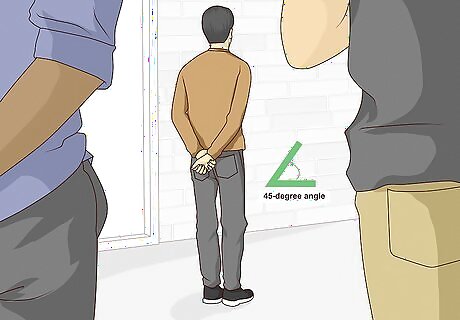
Take your position. Stand a fair distance away from the audience at a 45-degree angle, with your back to the crowd. You should be standing so that the foot closest to the crowd is mostly visible. The heel of the rear foot is visible, but the toe area of that foot is hidden by the closer foot. The angle and positioning of your feet must be correct, or the audience will be able to clearly see that you aren't levitating. Practice in front of a mirror or with a friend who knows what you're up to before your performance. If the audience asks you to move closer or turn around, tell them that this exact spot on the floor has the best vibes, or that you'll break your concentration if you move.
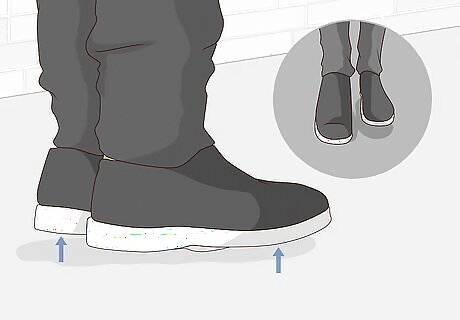
Lift your front foot and rear heel. Simultaneously lift your front foot and your rear heel a few inches from the ground. Your entire body's weight should be balanced on the toe of your rear foot, which is obscured from the audience's view. To them, it will look as though both feet are a few inches from the floor. Hold the position for five to ten seconds. Any longer, and your audience might try to peek behind your front foot. You might want to experiment with different pairs of pants to figure out which ones best obscure your rear toe without getting in the way.
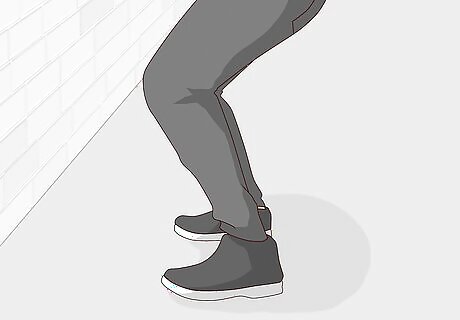
Do a crash "landing." End the levitation by heavily thumping both feet on the ground and bending your knees, as though you feel from a great height. This gives the audience the feeling that you levitated much higher than you actually did.
Try Variations
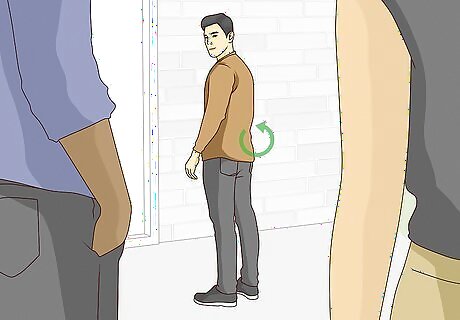
Work from different angles. Try performing on a stage that is raised above the audience, or turning at a 45-degree angle in the opposite direction. Figure out which angle is most convincing given your particular skills and body type. You can also control the angle by controlling where the audience sits. Try positioning them at different distances from the stage. You can also deliberately block the audience's view as is done in the Superman or King levitation, where you place a jacket in front of your feet while setting up the illusion.
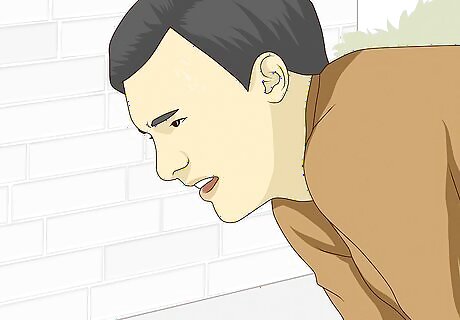
Act as if the levitation is difficult and intense. Mimic the expressions you would use when lifting a heavy object with your muscles. Have a look of concentration on your face. Use body language to further convince them that the levitation is both a mental and physical exertion on your part. Widely known magician David Blaine even pretends to be sick after performing the levitation, further convincing the audience that he exerted tremendous energy during the trick. Pretending to be surprised or shocked that the levitation worked can also be convincing.




















Comments
0 comment